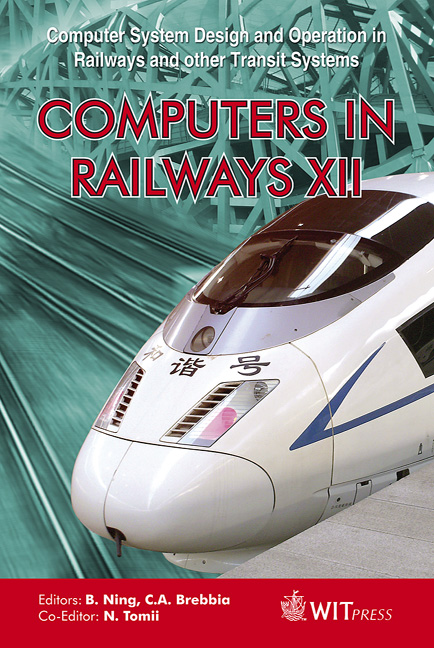Dynamic Characteristics Modelling And Adaptability Research Of The Balise Transmission Module In High Speed Railways
Price
Free (open access)
Transaction
Volume
114
Pages
8
Page Range
475 - 482
Published
2010
Size
386 kb
Paper DOI
10.2495/CR100441
Copyright
WIT Press
Author(s)
H. Zhao, S. Sun & W. Li
Abstract
General simulation requirements within the train control system simulation framework were described. Dynamic characteristics were modelled at four resolution layers, ranging from low to very high resolution. The research focuses mainly on the dynamic behaviour and simulation representation at the signal emulation layer. The Balise Transmission Module Hardware-In-the-Loop simulator was justified with respect to dynamic behaviour modelling. Furthermore, the relationship between Balise Transmission Module dynamic characteristics and train speed was verified by simulation and test data. The speed factor is derived and analyzed. Finally, quantitative evaluation issues of high-speed adaptability were explored based on the deduction of decoding failure probability under a certain bit error rate and the availability targets for a certain line. Keywords: Balise Transmission Module, dynamic characteristics, adaptability, high speed railway. 1 Introduction Balise Transmission Module (BTM) is a part of the train control system onboard constituent, and has the main functions of generating tele-powering signals to the balise, to receive and process up-link signals from the balise. BTM has been successfully used in China Passenger Dedicated Lines (DPL) with the maximum speed of 250Km/h and high-speed lines with a maximum speed of
Keywords
Balise Transmission Module, dynamic characteristics, adaptability,high speed railway





